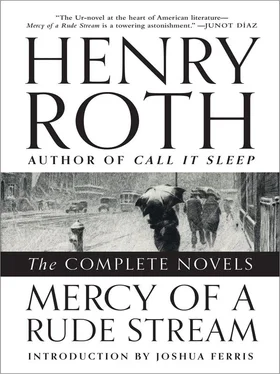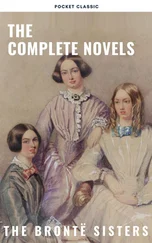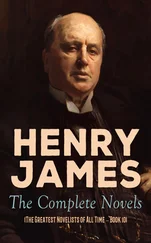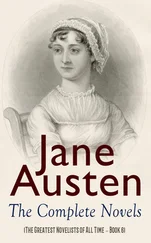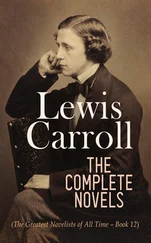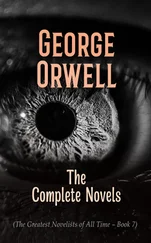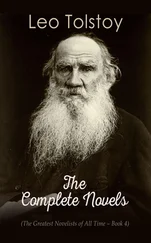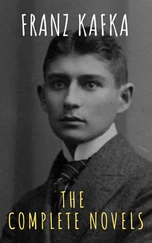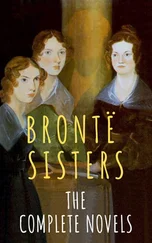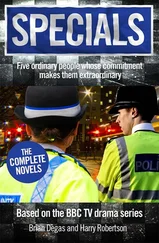Subsiding slowly to the level of self, he turned at Madison toward the park. Sure, they were still playing football in the very last light of dusk. He could see and hear them when he got there. But he didn’t need football, didn’t feel like it; last thing he felt like was to get off a punt. No shoes, anyway. But no urge to, he meant. Gee. He’d walk around the park once; that would calm him down still further. Walk by all the places he knew, past the Eye and Ear Hospital, around the corner of 124th Street, where he used to leave the park behind on his way to P.S. 124 further uptown on Madison Avenue. Or to Farley’s house, also on Madison. God, he couldn’t even tell him ; he couldn’t tell Farley, his best friend once, Ira couldn’t tell anybody.
And then west alongside the park, and past the gray library so many, many times ago. And then the brownstones on the same street where he had delivered groceries for P&T. And then around Mt. Morris Park West where the small apartment houses stood that he liked to walk up to, with his box of groceries under his arm, while Shea guarded the Model T. Which one was that house, he wondered, which one? Where you went in the back, and there was a service elevator you could operate yourself with a cable — like a real elevator man: you remember what a trick it was to get the elevator platform just even with the apartment house floor? Jiggle up an inch — too far. And down again — o-o-ps. What fun. What bigger fun, if he wasn’t already doing bad, doing bad, yes, kid-word: doing bad with Minnie when she had only a small round white ass, like a penny balloon. Penny balloon, but it was big as a cloud in his mind, already casting an encompassing shadow. Still, it was only that, only a shadow then, not this scare, murder, murder, kill her.
Stop!
120th Street. Walking east. The nearer to Madison Avenue, the grubbier 120th became. Yes, but they had hot water, they had steam heat just the same — two people could take two bathtubs full. No wonder. To the car tracks on Madison Avenue, and the corner of Mt. Morris Park, and the beginning again. Getting too dark for football. The players had quit. Twilight-empty, quiet, the playground. So back to 119th Street. And drab, darkling way home. Elation had completely worn off. Something remained now, as if exposed: not just the self, the familiar self, as his had been, before, as he had been before. No. He could have killed her, he, Ira Stigman, the coward, he could have killed his sister; that’s how torn he was inside. And he felt that way still: the separation, the twist. A sorrow had dislodged something in him. He had worried too far: like prying apart something that wouldn’t come together again, wouldn’t come together right, had left a weakness, a chronic vulnerability to unhappiness. Nah, it would go away. It was like any other tear or rip or something like that within the self. It would heal; he’d get over it. No, he wouldn’t, that was the trouble. No, even that cheese knife with which he had cut himself left a white scar on his thumb. This one was dark. Odd, how you could feel your worry twist, wrench, and wouldn’t let go. What was it like? Clockworks did that, when he opened the Big Ben that had stopped running. A toothed wheel caught each second, each time further, further. Something broke. Or snapped. Or. .
“ Noo ,” said Mom, “the cracked eggs?” when he entered the kitchen.
“All right, I’ll go right now!” He retreated hastily.
“Never mind. Give me the quarter back. I’ll go there myself tomorrow. You have a head like my wooden chopping bowl.”
“That’s right,” Minnie seconded. “He’s got a head like a tack, my darling brother.”
XIV
In the spring term of his junior year, beginning in the winter of 1923, there moved into the six-story pile of an apartment house above Biolov’s drugstore on the corner of 119th Street and Park Avenue (exactly opposite Yussel’s drab fortress) one Bob S and his divorced mother. Bob and Ira soon recognized each other as fellow students at DeWitt Clinton. Bob was a senior, scheduled to graduate a year ahead of Ira. Jewish, purposeful, self-confident, above average height, with black straight hair parted precisely in the middle, he wore “shell-rimmed” glasses on the bridge of a pointed nose, reminiscent of his soda-hustler boss Benny Lass, and, of course, of Harold Lloyd. Bob was unusually quick mentally, acute; he ranked high academically, was involved in high school politics, a member of the debating team, and of Arista too, the high school honor society. Bob’s goal, preset and undeviating, all but preenacted, was to become a lawyer. That too found Ira less than enthusiastic: he had worked in a law office once, and once was enough.
But the two did live in the same street, if only for a short while. They did take the same train after school — and before school. They became acquainted, willy-nilly, on Ira’s part, for lack of a more companionable friend, one not so interested in school elections for student offices, in the school newspaper, not so pat about his future. But in the course of acquaintance, Ira learned something else about his new friend, something that interested him, intrigued him, in fact: Bob was on the DeWitt Clinton rifle team.
Ira loved rifles. He had never had anything to do with a real firearm, only that Daisy BB gun of years ago, which he had trusted, so hopefully and so childishly, would eliminate the rats down in the airshaft, and had proved such a debacle when put to the test. Naturally, Ira told Bob about the air rifle, entertained Bob with accounts of his disappointments and mini-fiascos connected with the air rifle. And perhaps Ira may have mentioned the few times he had splurged a quarter in the penny arcade on East 125th Street, where in addition to other diversions, such as life-size fortune-telling Gypsy puppets and electric-shock handlebars, there was also a shooting gallery, where you got ten.22 Shorts for your two bits, a wild extravagance, and could plink away at either stationary bull’s-eyes that rang when struck or gliding iron-clad ducks that obediently bowled over when plunked. Yes, Ira very much liked rifles.
It wasn’t very long before Bob invited Ira into the “cage.” It occupied a corner of the gym, and a cage it quite literally was: a small space completely enclosed with very heavy fencing wire. Its gate was of the same material and could only be opened with a key, which only team members possessed. Inside the cage, a.22 target rifle, of regulation weight and size, hung suspended from a sensitive metal arm or spar. The actual target was on the other side of the gym floor, about twenty-five yards away, but aligned with it inside the cage was a tiny target the size of a calling card in front of the needlelike pointer. When the trigger was pulled, the pointer impacted on the card, leaving a pinprick in the miniature target ring corresponding to the spot the actual bullet would have struck the real target twenty-five yards distant across the gym.
Bob fired four or five “shots” by way of demonstration, and exhibited the group of pinholes in the little card. He suggested that Ira try his hand at the contrivance too. He did. Although Ira knew that his training, if it could be called that, consisted mainly of endeavoring to exterminate rats down in the airshaft with a Daisy air rifle, still, the experience had taught him something, if only intuitively: to hold his breath while aiming, to aim by holding the knife-edge front sight under the target and within the center of the V of the rear sight. And following his own previous practice, Ira aimed and fired. He scored a bull’s-eye, a pinprick in the ten-ring. But could he have still been thinking of Minnie, before the reassuring discovery, before the disclosure that had saved his life? And then the next four shot were grouped close by.
Читать дальше
